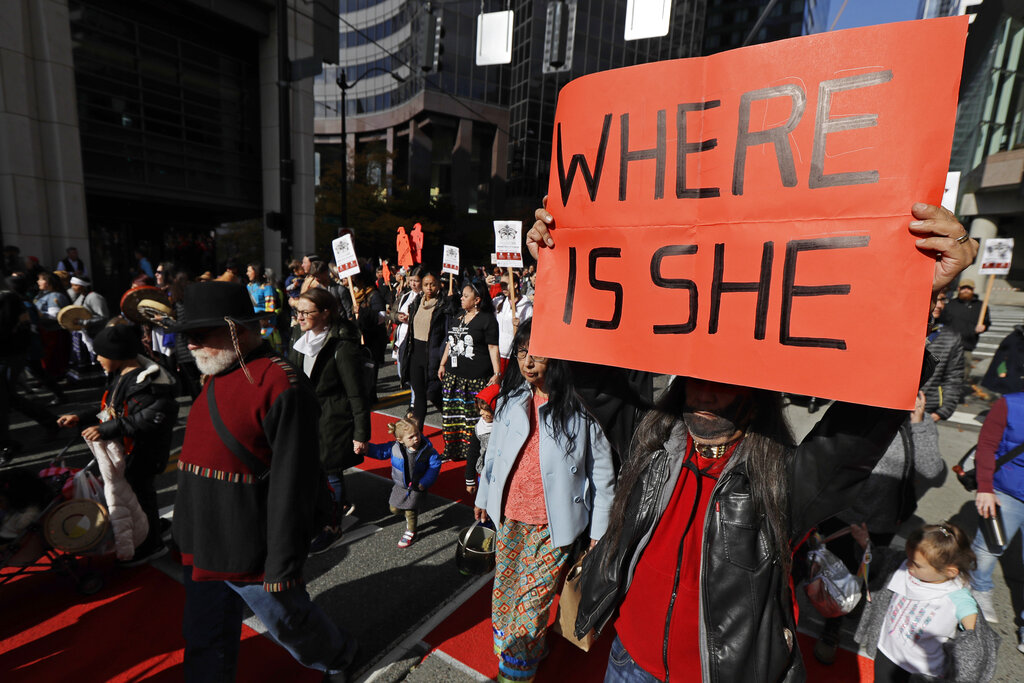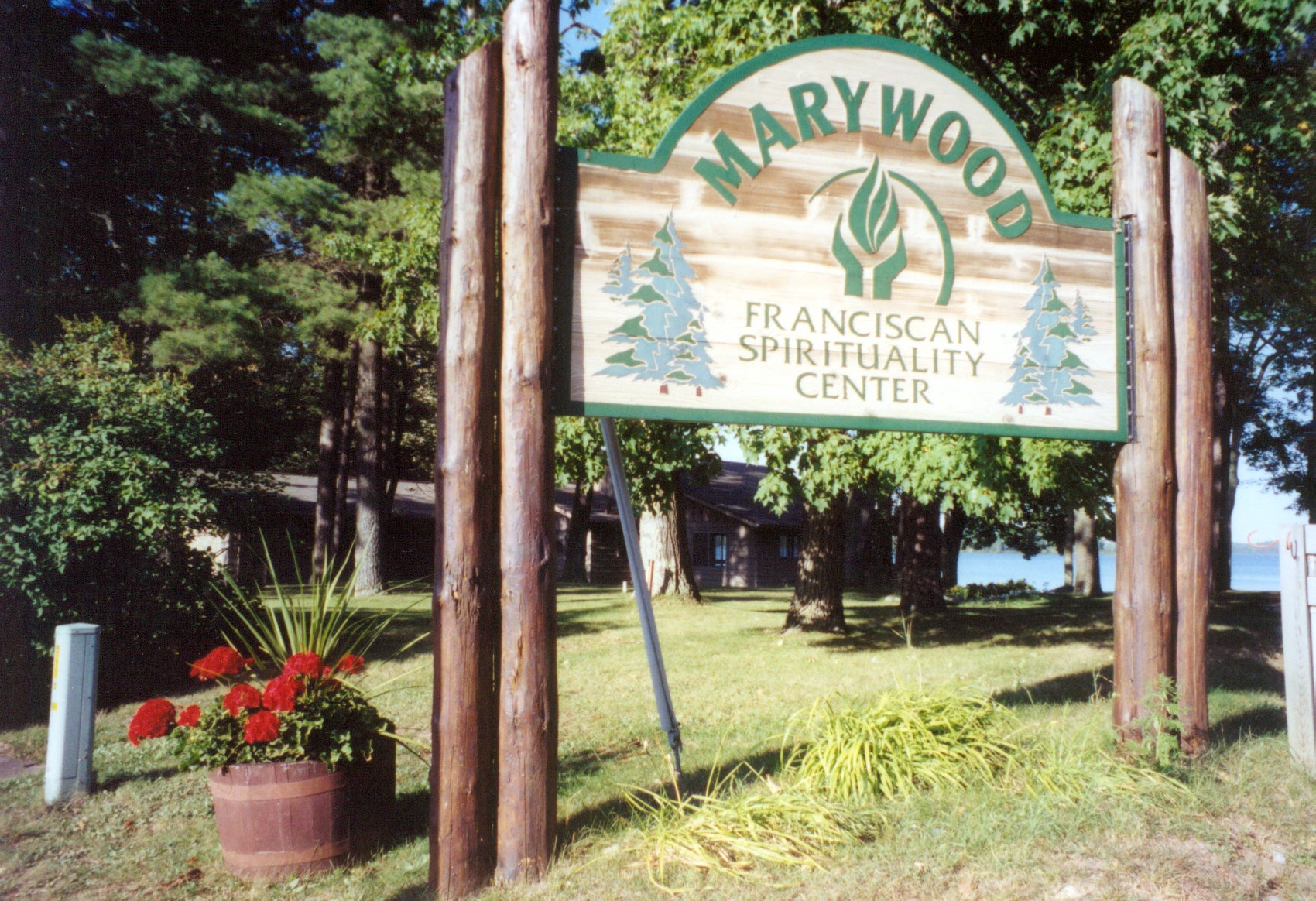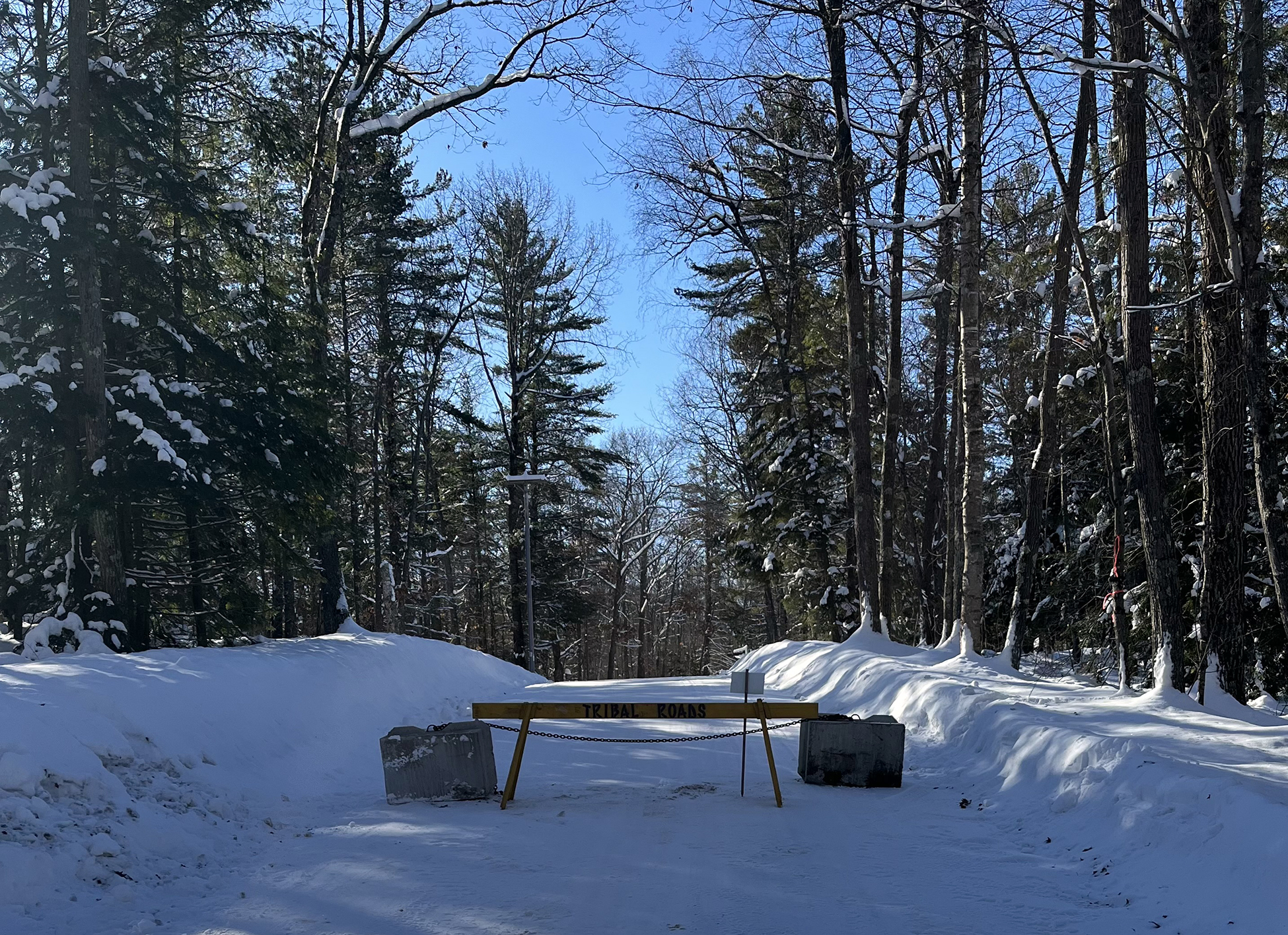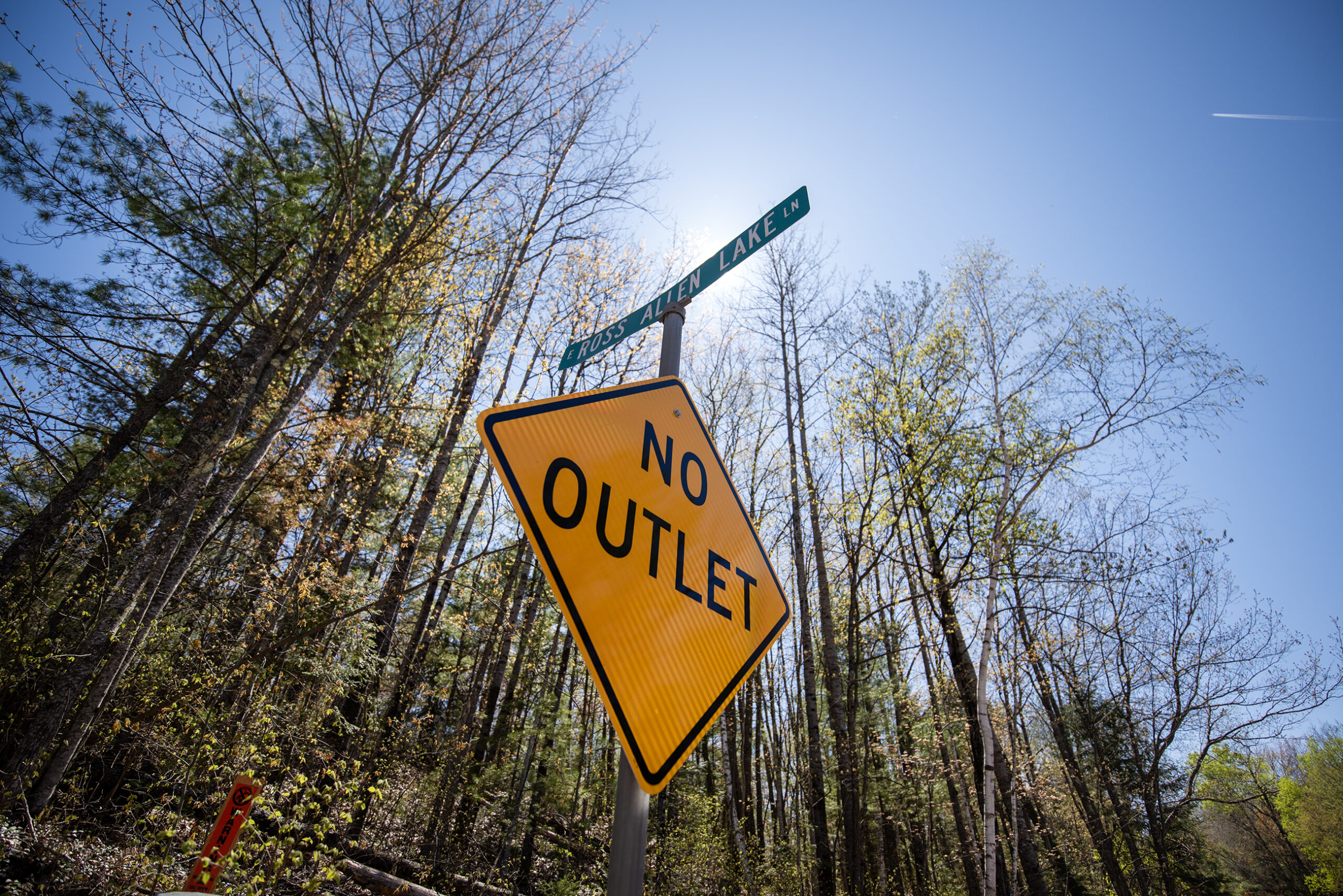Melissa Beson, 37, has been missing from the Lac du Flambeau Reservation in northern Wisconsin for about a month.
Beson was last seen on March 17, and her family reported her missing six days later. Since then, the Lac du Flambeau Tribal Police Department and other agencies have conducted ground, air and water searches over 824 acres to find her. Lac du Flambeau Police Chief TJ Bill said it has proven challenging.
“We’re looking, at a minimum, in the area where she was last seen,” Bill said. “That’s a huge area.”
News with a little more humanity
WPR’s “Wisconsin Today” newsletter keeps you connected to the state you love without feeling overwhelmed. No paywall. No agenda. No corporate filter.

Indigenous women like Beson, who is a member of the Lac du Flambeau Band of Lake Superior Chippewa Indians, make up a significant portion of missing and murdered individuals in the U.S. The Bureau of Indian Affairs estimates there are currently 4,200 cases of missing and murdered Indigenous people that have gone unsolved.
In his State of the Tribes address last month, St. Croix Chippewa Indians of Wisconsin Chairman Thomas Fowler called it a “public health crisis.”
“We need adequate funding allocated to serve our understaffed police departments, more cohesive law enforcement training, strengthened alert systems, increased funding for tribal programs that provide shelter and increased mental health resources,” Fowler said.

That’s where Wisconsin’s Missing and Murdered Indigenous Women Task Force comes in. Created within the state Department of Justice in 2020, the task force is now in the final stages of preparing a report with recommendations on how to prevent homicide, trafficking and violence against Indigenous women in Wisconsin.
Justine Rufus is chair of the task force, which consists of more than 40 members representing leadership and law enforcement from every tribe in Wisconsin and several state lawmakers. She said the report is special.
“Our report is really unique because we’re not only going to create a report on the on the status of [missing and murdered Indigenous women] in the state of Wisconsin, but we’re also going to be the first state to have an implementation plan where we will have more actionable items that we’d like to see taken,” Rufus told WPR’s “Wisconsin Today.”
One issue the task force hopes to address is a lack of data on missing Indigenous people in Wisconsin. Rufus said there’s a gap between the number of missing and murdered cases that occur and the number that are actually reported.
“Most of our relatives live off reservations, so not in our tribal jurisdictions. … We don’t have jurisdictions outside of our reservation that are really interested in classifying our people and where we’re from,” Rufus said. “If there’s a lack of data, then we see a lack of resources and funding that support this crisis.”
And tribal communities are in need of those resources to search for missing persons, Rufus said.
“It’s expensive. It costs small communities like Lac du Flambeau, [which] has a very small police force, a lot of funding as this [search] continues to go on,” she said.
Bill, who is also a task force member, said his police department has had sufficient resources in their search and rescue operations for Beson and other recent missing persons cases. That’s thanks to partnerships with local agencies, especially the Newbold Fire Department.

In addition to Beson, the Lac du Flambeau reservation has had three other missing persons in the last four years. In each case, Bill said, Newbold’s volunteers found the bodies of those missing and brought them home. Bill also highlighted his department’s relationship with local law enforcement.
“We don’t have a lack of resources up here,” Bill said. “Even though we’re in Northern Wisconsin — the middle of nowhere — the resources we have [are] invaluable.”
Brooke Johnson is the Missing and Murdered Indigenous Women Task Force Coordinator at the Wisconsin Department of Justice. She pointed to Lac du Flambeau as a successful example of collaboration that would have been rare in previous decades.
“You wouldn’t have been able to find a tribe in the state that really had sufficient resources or that collaboration to be able to say, ‘We have everything we need,’” Johnson said.
Another part of the task force’s work is providing support for victims’ families.
“We didn’t really realize how many families were going to reach out to us because, unfortunately, they don’t have a place to go when their relatives go missing,” Rufus said.
Some of those families come to the task force in the hope that members can help open investigations, reopen old cases and connect them to organizations that can help them search for their missing relatives.
“They recognize that they can reach out to us, that we believe them and that we will try to use our networks in our communities,” Rufus said.
The task force will dissolve after its report is released later this year. But Rufus said she hopes they can secure funding in the governor’s budget for tribal liaisons at the Department of Justice.
Johnson wants the efforts of the task force to make a change that affects generations ahead of her.
“My hope would be that my daughters don’t have to deal with the issues that we’re dealing with today,” Johnson said. “[That] they don’t have to be afraid that they will become a statistic.”
Melissa Beson of Lac du Flambeau is still missing. Anyone with information is encouraged to call the Lac du Flambeau Tribal Police Department at (715) 558-7717 or the Vilas County Sheriff’s Office at (715) 479-4441.





